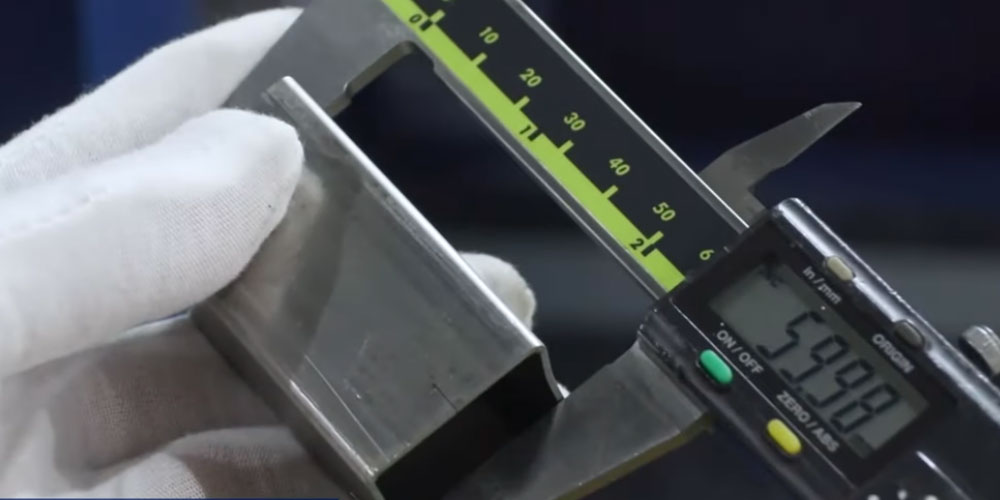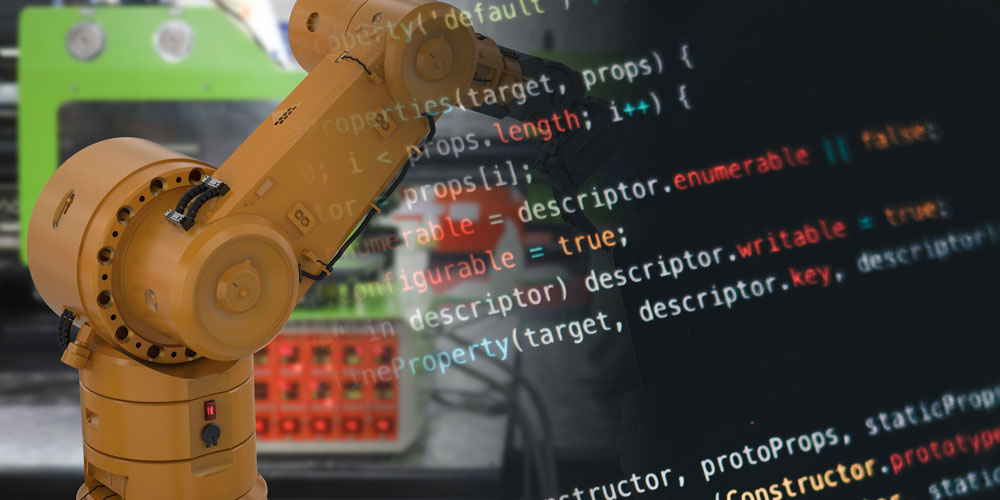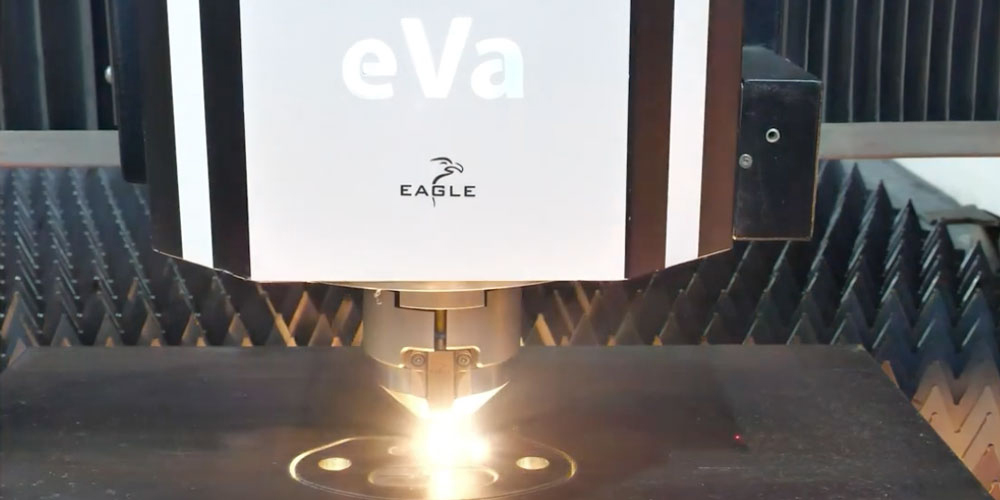
Blog
RECENT POSTS
PMI Blog

What is OLP And How does it help?
by Eric St. James
Published at 2023-04-20
Programming for industrial robots has come a long way. While there are multiple methods, the two we see most often are teach pendants and offline programming (OLP). Teach pendant programming has been the traditional go-to, but with innovations in offline programming we’re seeing more and more benefits for fabricators.
What is OLP?
Offline programming (OLP) is now the preferred method of programming industrial robots. Robots have advanced over the years, making offline programming technology more compatible. Unlike teach pendant programming offline programming is performed using a program on a host computer to create the application commands.
Offline Programming Software
The software for OLP includes a 3D simulation of the robot system on the production floor. It depicts the robot cell virtually in the production environment so you can program and test an application. It also allows you to perform rich studies, detect potential collisions, design system layouts within a factory, test fixture designs, and simulate production and cycle times.
This type of software has been used by robotic system designers and builders for years. In recent years, innovations in technology and computing power mean we can now calibrate the model to the real system making the virtual cell identical to what’s on the floor thereby creating the most realistic simulations.
Benefits of Offline Programming for Robotics
There are some key advantages to OLP, and all can contribute to lean initiatives to help you optimize your shop. Offline programming can be done from anywhere, and doesn’t involve the actual robot system, allowing you to reduce downtime and increase productivity. Here are a few ways OLP can help:
- Reduce programming time for complex applications. Unlike teach pendant programming, which requires manual entry of each step and causes significant downtime for more complicated programs, OLP is ideal for applications with large workpieces, complex movements like press brake tending, a high mix of parts, and welding applications.
- Program robots before installation. With OLP you can write programs for the robot while it’s being built. When ready, just load it into the system. You may need some tweaks, but it will save you a ton of time when launching a new system.
- Program robots while they’re operating. Before OLP came into the picture, if you had to reprogram or retool a system, you would have to stop production to make changes via teach pendant programming. With offline programming you can program and test offline, keeping downtime to a minimum.
- Product design changes are no big deal. Need to make tweaks to a program for a design change? Easily make the updates offline and download the program to the robot with minimal disruption. MOst OLP software works with solid models that are imported directly into the program. A revised part file is imported in seconds and ready for evaluation and simulation.
- Increase productivity without downtime. You can have a technician or programmer watch your program run offline and find ways to optimize cycle times and quality without taking a robot out of production.
The metal fabrication industry is always adapting and evolving. Technological innovations like OLP provide the opportunity for your shop to gain a competitive edge. While it does require additional equipment, by allowing reduced downtime and more flexibility in robotic system programming, offline programming can help you increase productivity and feed your bottom line.
© 2023 Paramount Machinery Inc. All rights reserved.




